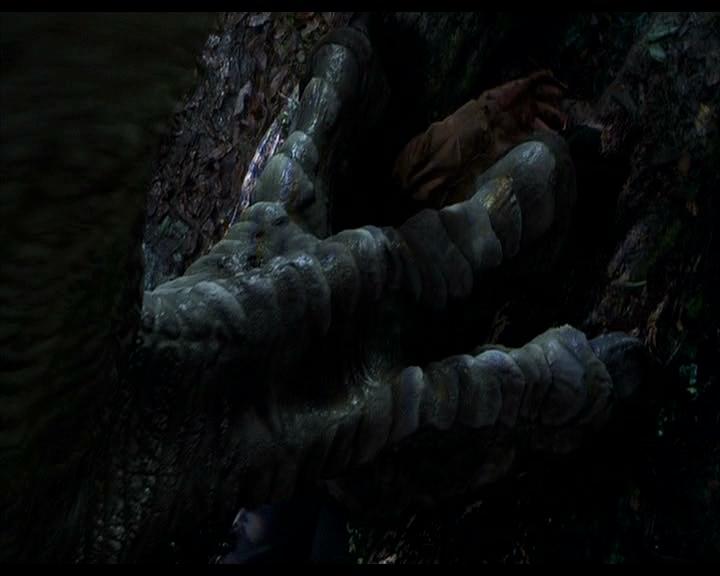The meteoric impact that wiped out the non-bird-line dinosaurs is an iconic image of life and death on Earth. It signifies a point in time when life changed forever. It took from us animals that we will never see again.
But was it just a single strike that created these winds of permanent change? The crater from Chicxulub in Mexico is the scapegoat for taking dinosaurs from us, but did it have a partner in crime?
Weighing in at about 180km in diameter, the Chicxulub impact was enormous. Imagine that hitting today – it would be the size of many small countries and islands, and devastate humanity.



